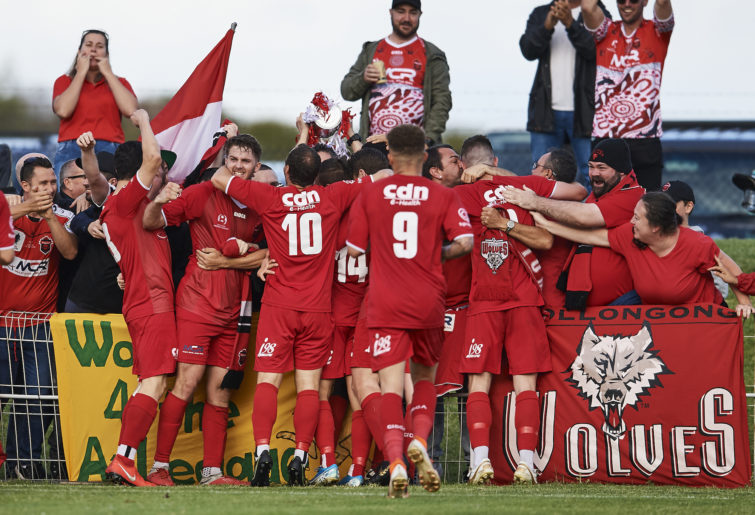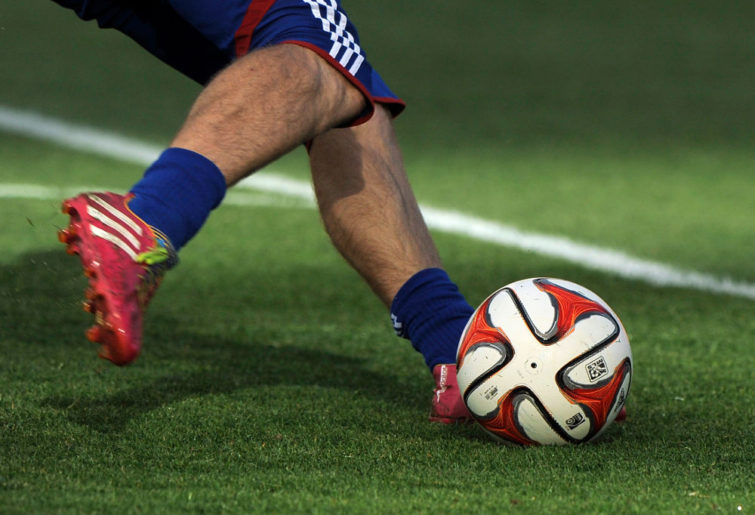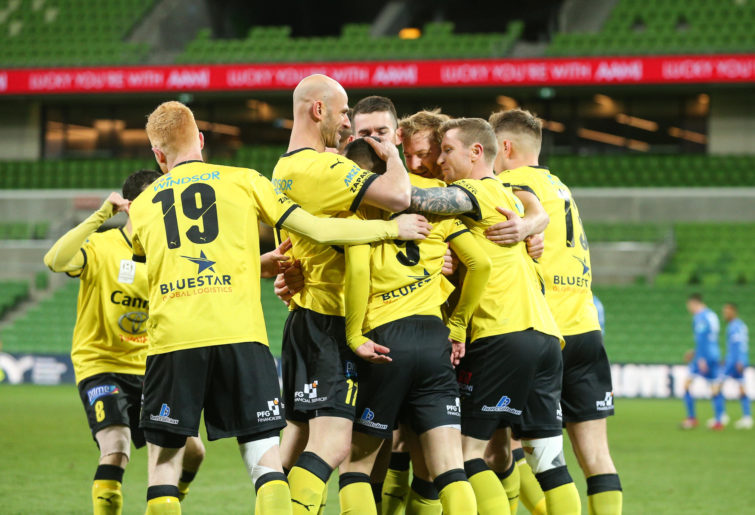joe
new author
Roar Rookie
Opinion
The AAFC look set to finalise their plans for a second division soon after ongoing discussions with the newly formed FA.
With a target start of 2022-23, which clubs should be the inaugural members of this long anticipated football competition that will hopefully save our code from oblivion?
Finally Australian football looks like it might break the chains of being NRL and AFL’s annoying little cousin, following a franchise system with no promotion and relegation that is the hallmark of football pyramids around the world. While promotion and relegation to the A-League is obviously years away, we are moving in a direction of forming a better and more attractive football identity.
So who should be the founding teams? From reports in the media, the inaugural season will have 12 clubs and expand to 16 in the coming years. Assuming that the A-League is expanding to 14 teams within the next few years, I’ll leave out Canberra, as they are a shoo-in, and Gold Coast, who sound like they’ll be the most likely option for license 14 at this stage.
These are the 12 teams that should form the A-League’s second division.
Blacktown City
They are one of the biggest clubs outside the A-League that doesn’t represent an ethnic culture, with six NPL NSW premierships this century. They represent a large region too with nearly 400,000 people living there. They have a great facility at Lily Holmes Park that would be one of the best in the country too.
Wollongong Wolves
They are easily one of the top three biggest clubs in the NPL. Wollongong is a football heartland that has been crying out for an A-League team for the best part of 15 years. With a big population and an established fan-base, investors should come easily for the former NSL champions of 2000 and 2001.

(Photo by Brett Hemmings/Getty Images)
Sydney United
The first ethnic club in the list, this Croatian-backed club was a former NSL powerhouse. They have a huge fan-base, a great facility and a team stocked with ex-A-League players. Sydney United are a big club who deserve a chance back in a national completion. They’ve also won the NPL national finals series twice since its inception in 2013, the only club to do so.
Brisbane Strikers
They are another ex-NSL club with a large fan-base. In recent years, the Strikers have made headlines through their FFA Cup run to the semi-finals in 2019 and funding from Chinese owners for an A-League bid. The A-League doesn’t need them just yet, but the second division will do.
Sunshine Coast
While they now reside in the FQPL competition, the Fire have had some success within the last decade or so in the NPL Queensland. Representing a region of over 330,000 people, the talent pool needs an opportunity at professional football. There has been previous interest in joining the A-League with a bid being rejected in the last round of expansion. The Sunshine Coast boasts a perfect facility for football and the club is also one of the 30 clubs from the AAFC that are helping in funding for a second tier.
Cairns
In recent weeks there have been a couple of articles about the possibility of Cairns hosting an A-League team. While this seems unlikely, the region is crying out for a professional football pathway with the NPL Queensland neglecting them in recent years. Cairns FC or the FNQ Heat were often quite successful in the NPL when they were previously a part of it, with a strong community fan-base behind the team, as evident when they pulled over 5000 people to an FFA Cup game versus Sydney FC in 2018.

(Gene Sweeney Jr/Getty Images)
Perth SC
While there are multiple options for the WA’s next professional club – notably Bayswater City, Fremantle City and a team representing the northern suburbs in Joondalup – Perth SC is perhaps the most viable option. Playing their home games at the awesome facility of Dorrien Gardens, they have a strong fan-base behind them and a football culture based on their Italian heritage. They are the most successful NPL WA team with three premierships in five years. There are multiple reasons why Perth SC should be the second-tier club of WA. With funding to pay for the long flights, this club will have no issues staying afloat.
Adelaide City
Former NSL powerhouse Adelaide City are the most decorated NPL club in South Australia. With West Adelaide’s demise to the second division of SA NPL, City are firm favourites to jump to this competition. The club have produced multiple Socceroos, and they won the NSL three times, the SA State League 17 times and the Oceania Club Championship once. They would develop rivalries with the other former NSL clubs such as South Melbourne and Sydney United, and provide the large football community in Adelaide an alternative team to bargain for – especially the NSL lovers.
Heidelberg United
Founded by Greek immigrants, Heidelberg have spent the last 25 years dominating the Victorian football landscape after leaving the NSL in which it spent about 20 years. They have had regular FFA Cup runs deep into the national stages as well as the last three Victoria NPL premierships. Heidelberg are completely dominating the NPL and will fancy their chances in the second tier.

(Photo by Con Chronis/Getty Images)
South Melbourne
They are the biggest club in Australia outside the A-League. The Oceania club of the century is a shoo-in to this league. With years of history and a supporter base bigger than some A-League clubs, the South Melbourne community will be desperate to be a part of a national competition again. No club won more NSL titles than South, and the club has produced some of Australia’s best players and coaches.
Preston Lions
The team for Melbourne’s Macedonian community are perhaps giving the strongest case for why they should be included so far. They managed to attract over 3500 people to their NPL3 game a few weeks ago against the Victory youth team, and have concrete plans to turn their stadium into a boutique, state-of-the-art facility. There are plenty of articles online about their ambitions and they reside in the Northern Suburbs of Melbourne away from the other three Melbourne A-League teams. Forget the second division, the Preston Lions could be a huge Australian club in the A-League within the next ten years.
Tasmania
The state desperately needs a pathway for the thousands of juniors that call the place home. Talk of an A-League team resurfaces every now and again and it’s quite likely that this will happen eventually. However, the lack of a stadium will discourage this so the second tier is their place for now. Whether it’s a new franchise-style club or an NPL club such as South Hobart remains to be answered.